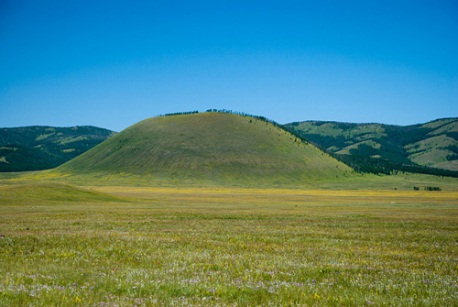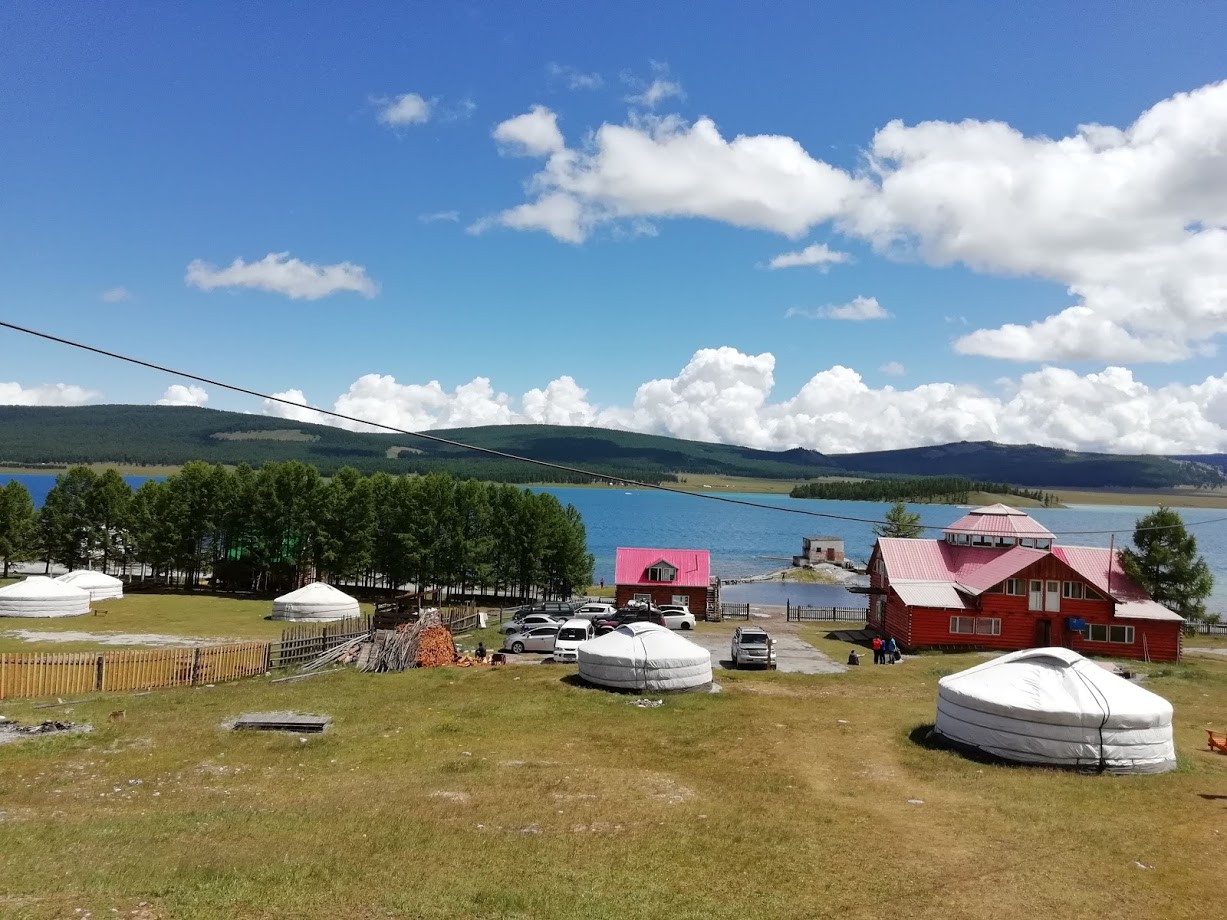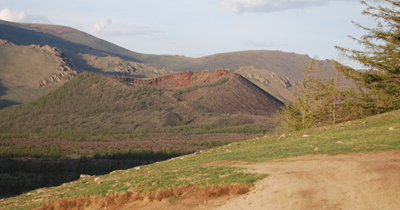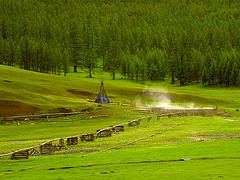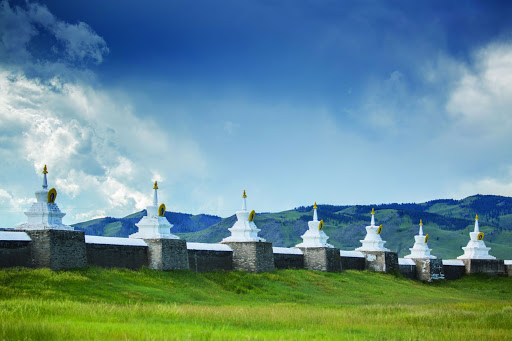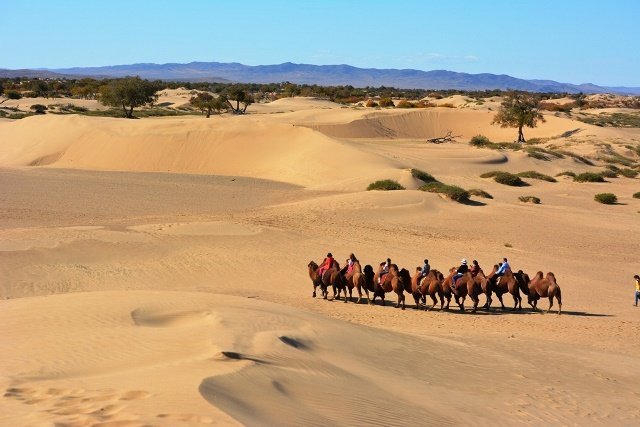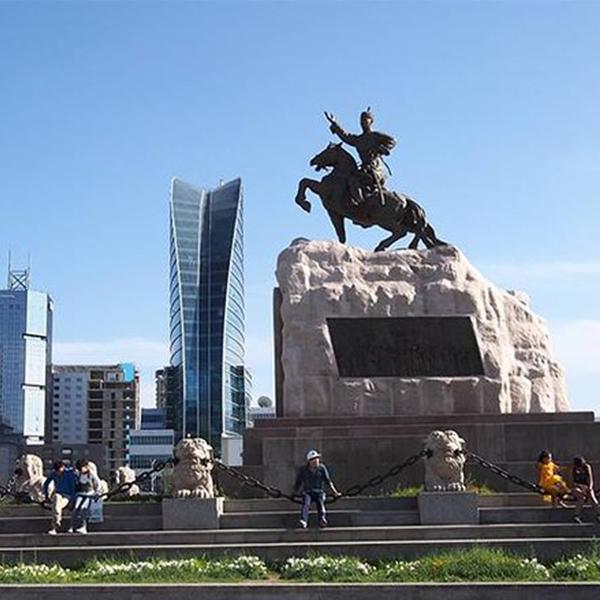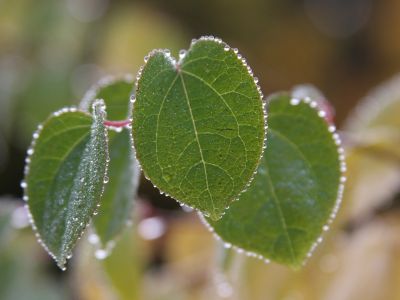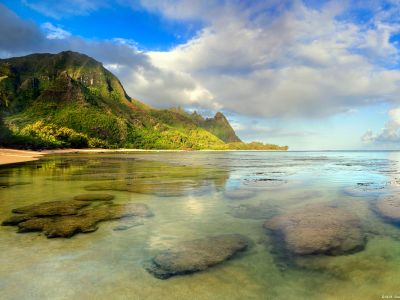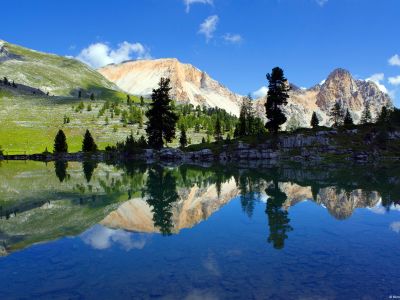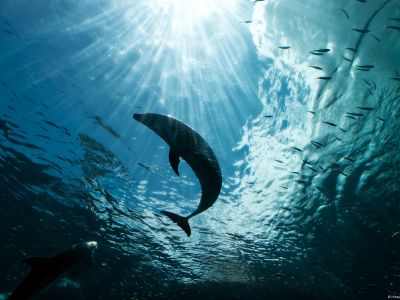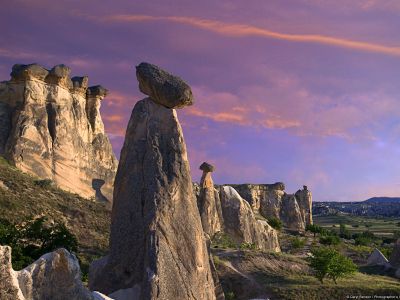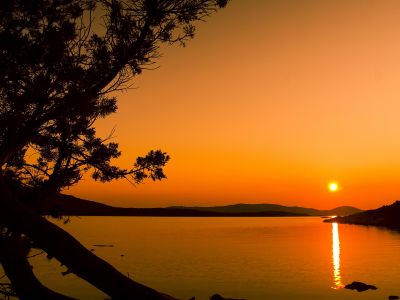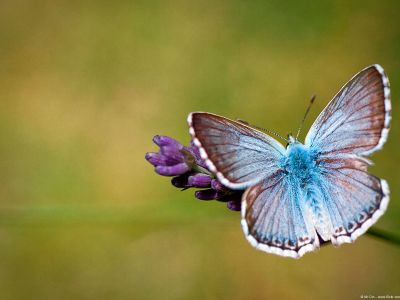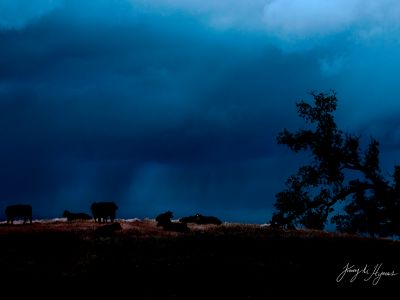Relaxing and swimming tour (11days/10nights)
Overview
Overview
Lake Khuvsgul which is the deepest fresh water lake in Central Asia. It has the same geomorphologic & ecological origin as Lake Baikal in Russia and constitutes over 1% of the world’s total surface water. Tourists call it the ‘Switzerland of Mongolia’. You will see this beautiful nature spirit and visit nomads’ family and interact with those nomads.
|
Duration/Days |
|
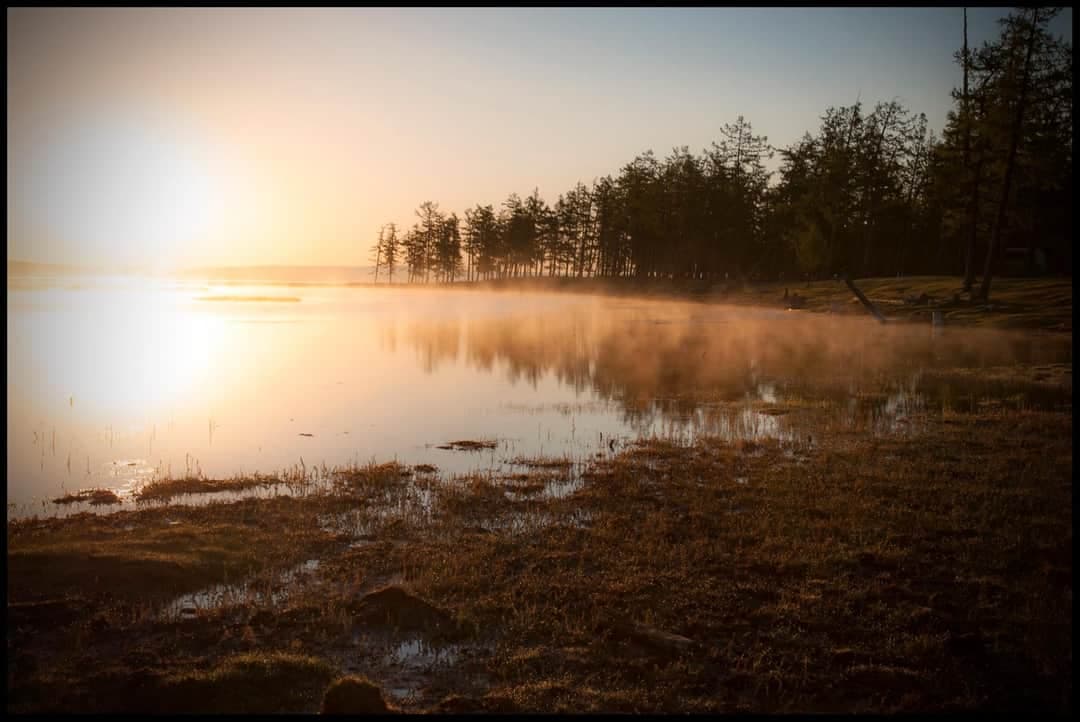
Driver and tour assistant: Reliable and professional driver and English-speaking local tour guide who also cooks will assist you to make your adventure tour around Mongolia in reality.
Accommodation: You usually stay in extra ger which is prepared by nomads, sometimes at ( selected days) tourist ger camp.
Food: You will have a lunch as original Mongolian food in the finest local restaurants on the way and the breakfast and dinner is cooked by the tour guide. Vegeterias are welcome. Drinks provide 1.5 liter of mineral water per day.
Fees: National Park and museum fees are included in the price of the tour.
Activities: You are able to ride a horse or camel and local guide will be your assistant for how to ride a horse or camel safety.
Vehicle type: Japanese jeep, Russian or Korean minivans, gasoline inclusive.
Total Km of Covered: 2200km ( per day 5-7hrs)
Service included
- Shared accommodation at Ger camp
- Private English speaking guide and driver
- All meals as listed
- All entrance fee
- Horse/Camel ride
- Mongolian barbecue
- Letter of Invitation
- All transfers and transportation
- Bottled drinking water p.p
Service not included
Personal expensesOptional activitiesCamera fee for museum & monasteryTravel InsuranceSingle supplementTips for your driver and guide
At the end of the day visit to “Amarbayasgalant” monastery and enjoy the other nice monuments. It is ever beautiful and hidden jewel known as Amarbayasgalant monastery which is situated in the Iven river valley. The monastery was established in 1727-1736 in memory of Undur Gegeen Zanabazar at the order of the Manchurian emperor. Overnight in Ger camp.
Our destination for today is Uran togoo. Its about 60 kilometer directly west of Bulgan city is the extinct volcano of Uran Uul and nearby Togoo Uul, now part of the 1600 hectare Uran Togoo-Tulga Uul natural reserve in the village of Khutag-Ondor. Trial to the top of the relatively unimpressive volcano lead up from the west side, which also have some nice camping areas. The Uran Togoo-Tulga Uul national monument is a national protected area in the Bulgan province. This mountain ranks as 4th highest mountain and its protected in 1965. In 1995, it was designated as a monument by Parliament Resolution with an area of 5800 hectares. Overnight in Ger camp
Overnight in (Distance 220 km, 3-4 hours drive on paved road)
Lake Khuvsgul is known as Asian Switzerland and the Asian blue pearl. It is 1645 meters above sea level, 136 km long and 262 meters deep. It is the second-most voluminous freshwater lake in Asia and contains almost 70% of Mongolia's fresh water and 0.4% of all the fresh water in the world. The lake formed about 7 million years ago. Geologists say the lake is connected the Baikal Lake underground. Over 46 streams pour into Khuvsgul Lake that contains 12 species of fish, 4 large islands, and 70 percent of the lake is more than 100 meters deep, clear water reaches 24 meters. By the end of the November, water freezes completely 1 m thick ice. The lake is surrounded by high mountains which is 3000-3200 meters above sea level. Khuvsgul Lake has a legend about why Mongolians call the lake as an ocean Khuvsgul.
Ider River is a river in the Khövsgöl and Zavkhan aimags in northwestern Mongolia and is, together with the Delgermörön river, one of the sources of the Selenge river. The source is in the Khangai range, the confluence with the Delgermörön is in Tömörbulag. The river is frozen 170–180 nights per year. (Overnight in wild camping)
After breakfast we will drive to White lake (Terkh). The lake was formed by lava flows from a volcanic eruption many millennia ago. This is 2060m a.s.l, 16 km long, 4-10 km wide, 20 m deep fresh water lake. Overnight in (Distance 230 km, 3-4 hours’ drive on dirt and paved road)This day is no driving and bit relaxing day. Hike or horse trekking to the Khorgo volcano. It is the last volcano which extinct around 9000 years ago. 2240m high a.s.l. swimming and fishing is possible for the personal interest. Overnight in Ger camp.
After breakfast we will drive to the Tsenher Hot Spring. The SPA is +86C hot. Here you will have opportunities to have bath in the healing spa. The spring consists of elements such as sulphur and calcium.Relax in the hot spa. Overnight in tourist camp.
We will visit to Uurt gorge, Orkhon river, and the Red waterfall in Orkhon valley. The red waterfall is situated in historically significant Orkhon valley, whose river flows an incredible 1120 km to the north before it joins the Selenge river. Also called Ulaantsutgalan, the waterfall was formed by unique combination of volcanic eruptions and earthquakes about 20000 years ago. Overnight in Ger camp
Overnight in (Distance 300 km, 5-6 hours drive on dirt road)
Early morning we will start drive to Kharkhorin ancient capital city and will visit to the ErdeneZuu Monastery. Its ancient capital city called kharkhorin where developed Kharakhorum capital of Great Mongolian Empire in 13th century. Explore ErdeneZuu Monastery Musuem. It is a biggest Buddhist center in medieval ages and it was closed and badly damaged in 1930s. Visit to some other sightseeing. Overnight in Ger camp.
You will come across sand dunes lost in the middle of a mountainous area in the central part of Mongolia. Bayan Gobi is well known and called Elsen Tasarkhai,”the sand fracture”, and extend on 80 kilometres (49,71 miles) in the South of the Khögnö Khan National Park. The main road separates this sand dune into two parts, Mongol Els on the south and Khugnu Tarnyn Els on the north. There are many tourist camps around the sight. Elsen Tasarkhai is surrounded by Mount Khugnu Khan on the north and Mount Ikh Mongol on the south. The sand is sodden under its surface; that allows shrubberies such as willow, elm and dogwood, grow in the area. The area is surrounded by sand dunes, hills covered with rare bushes and a small forest near a river.




